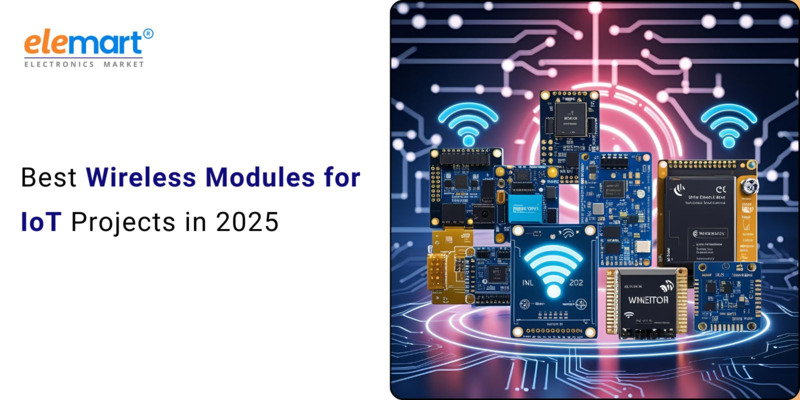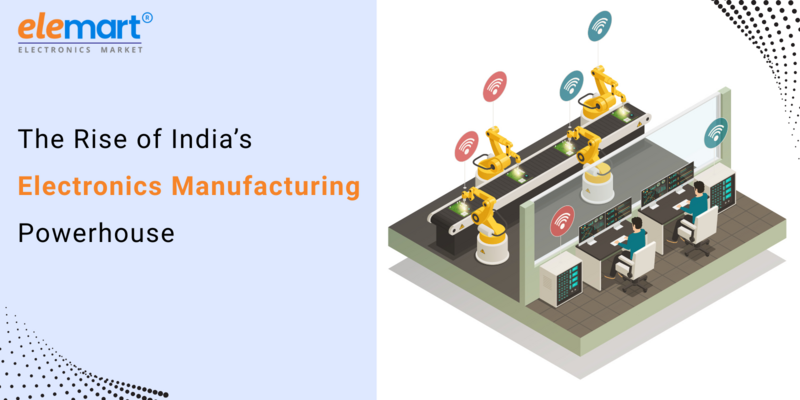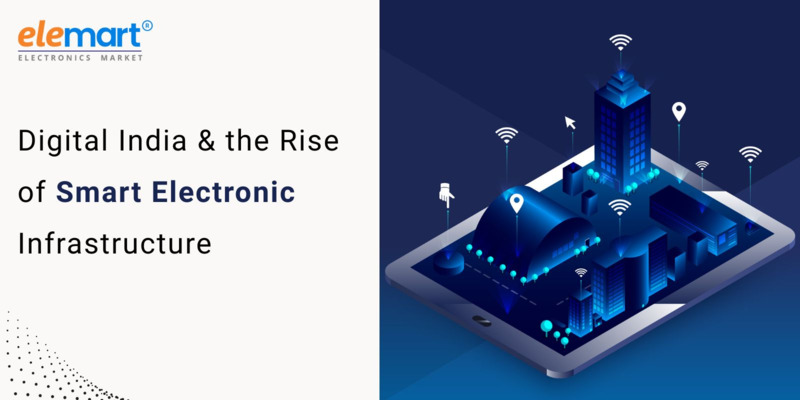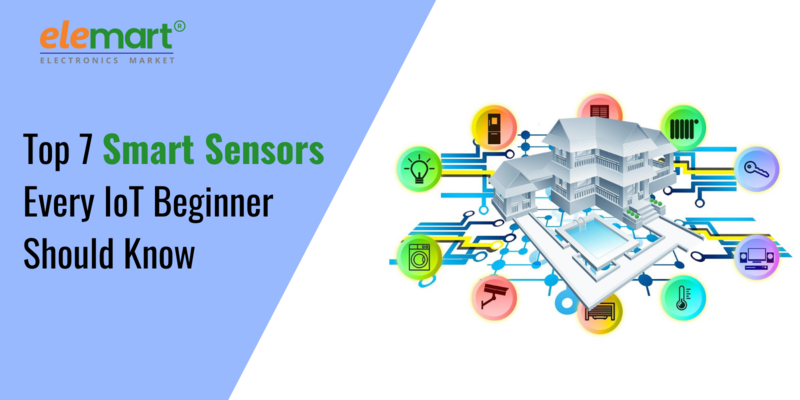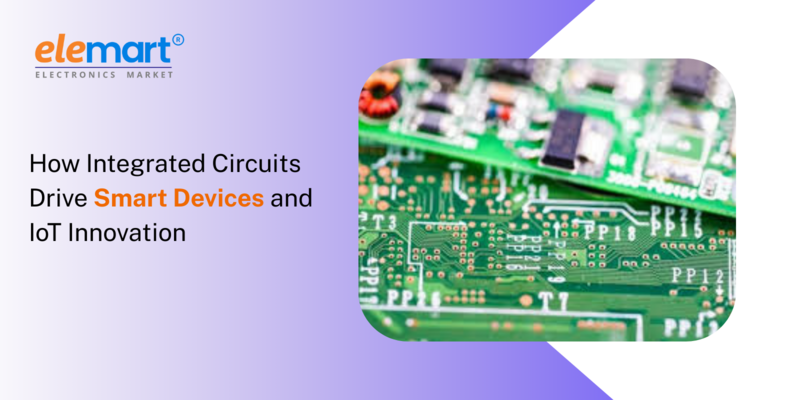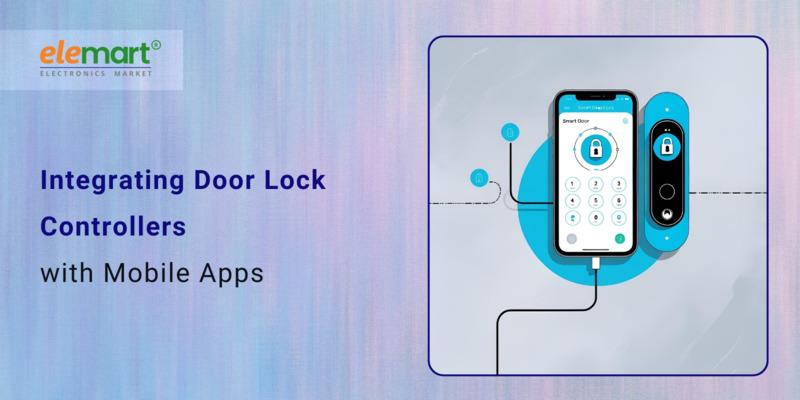- Jun 24, 2025
Share this post on:
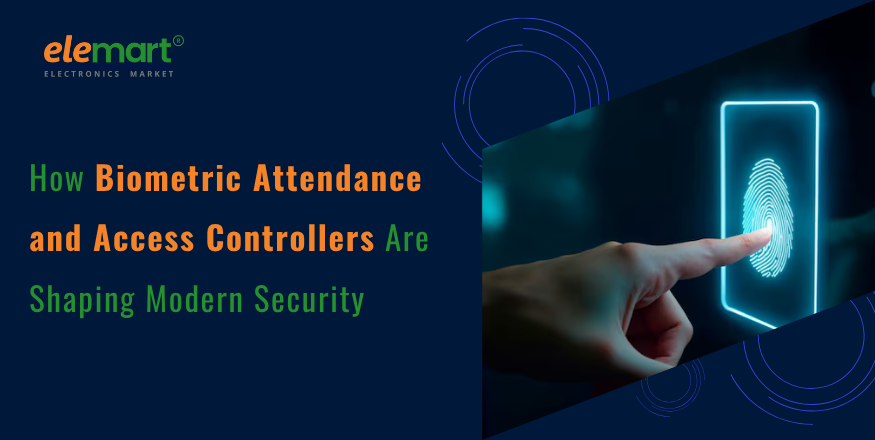
Okay, here's a blog post draft focused on how biometric attendance and access controllers are shaping modern security, aiming for around 2000 words. I've included a mix of explanations, benefits, challenges, and future trends. I've also included suggested headings and subheadings to help with structure. Please read the notes at the end of the draft, as they contain important considerations regarding accuracy, legal compliance, and image use.
Beyond Keys and PINs: How Biometric Attendance and Access Controllers Are Shaping Modern Security
For decades, security has relied on traditional methods: keys, passwords, PINs, and ID badges. While these have served a purpose, they're increasingly vulnerable to compromise, fraud, and human error. The modern landscape demands more robust, accurate, and convenient security solutions. Enter biometric attendance and access control systems, a rapidly evolving technology transforming how organizations protect their assets, people, and data. This blog post will explore the current state of biometrics in security, its benefits, the challenges it faces, and what the future holds.
What are Biometric Attendance and Access Control Systems?
At its core, biometrics identifies and authenticates individuals based on unique biological characteristics. Instead of relying on something you know (a password) or something you carry (a keycard), it leverages what you are. Biometric attendance and access control systems utilize these characteristics to grant or deny access to buildings, rooms, or computer systems.
Here's a breakdown of the components:
- Biometric Scanners: These devices capture the unique biological data. Different types of scanners exist (detailed below).
- Processing Unit: This analyzes the captured data, comparing it to stored templates.
- Database: Contains stored biometric templates (not the raw biometric data itself, but a mathematical representation).
- Control System: Receives the authentication result and controls access (unlocking doors, granting system access, etc.).
- Integration: Modern systems often integrate with existing security infrastructure, HR databases, and building management systems.
Types of Biometric Technologies Used in Security
Several biometric technologies are commonly employed, each with its strengths and weaknesses:
- Fingerprint Scanning: The most widely adopted biometric method, fingerprint scanners analyze unique ridge patterns on fingertips. They're relatively inexpensive and user-friendly. However, they can be affected by dry skin, cuts, or dirt.
- Facial Recognition: This technology maps facial features and compares them to stored images. Advances in AI and machine learning have significantly improved accuracy and speed. Concerns about privacy and bias are increasingly important considerations.
- Iris Scanning: Iris scanning analyzes the complex patterns within the iris, the colored ring around the pupil. It’s highly accurate and difficult to forge. However, it requires specialized equipment and can be less user-friendly.
- Retinal Scanning: This technology scans the unique patterns of blood vessels in the retina. It’s considered one of the most secure methods, but it’s also the most invasive and least popular due to user discomfort.
- Voice Recognition: This system identifies individuals based on their voice characteristics. While convenient, voice recognition can be vulnerable to impersonation and environmental noise.
- Hand Geometry: This method measures the size and shape of the hand, including finger lengths and palm dimensions. It's relatively simple to implement but less secure than other biometric options.
- Vein Pattern Recognition: This newer technology uses infrared light to map the unique patterns of veins in the hand or finger. It offers a good balance of security and user experience.
Benefits of Biometric Attendance and Access Control
The shift towards biometric security offers a plethora of advantages for organizations of all sizes:
- Enhanced Security: Biometrics significantly reduces the risk of unauthorized access compared to traditional methods. It’s extremely difficult to forge biometric data, making it a powerful deterrent.
- Increased Accountability: Precise attendance tracking and access logs provide a clear audit trail, improving accountability and enabling better resource management.
- Reduced Fraud & Time Theft: Eliminates buddy punching (one employee clocking in for another), a common issue with traditional time and attendance systems.
- Improved Convenience: Biometrics offers a frictionless user experience. Employees no longer need to remember passwords or carry access cards.
- Cost Savings: While the initial investment can be higher, long-term cost savings are realized through reduced fraud, improved efficiency, and potentially lower administrative overhead.
- Enhanced Productivity: Streamlined access procedures save time and improve overall productivity.
- Better Data Security: Biometric authentication strengthens data security by restricting access to authorized personnel only.
- Compliance: Helps organizations comply with regulatory requirements related to data security and attendance tracking.
Challenges and Considerations
Despite the numerous benefits, implementing biometric security isn't without its challenges:
- Cost: Initial investment in hardware, software, and integration can be substantial, although costs are decreasing.
- Privacy Concerns: The collection and storage of biometric data raise significant privacy concerns. Organizations must be transparent about data usage and adhere to relevant regulations (discussed further below).
- Data Security & Template Protection: Storing biometric templates securely is paramount. Encryption and robust data protection measures are essential to prevent unauthorized access and misuse. "Liveness detection" (ensuring a live person is being scanned, not a photograph) is crucial.
- Accuracy & Error Rates: Biometric systems are not perfect and can produce false positives (allowing unauthorized access) or false negatives (denying access to authorized users). The accuracy depends on the technology, quality of the sensors, and environmental conditions.
- User Acceptance: Some users may be uncomfortable with having their biometric data collected. Clear communication and education are essential to address concerns and ensure user acceptance.
- Integration with Existing Systems: Integrating biometric systems with existing security and HR infrastructure can be complex and require specialized expertise.
- Scalability: As an organization grows, the biometric system must be scalable to accommodate new users and locations.
- Environmental Factors: Environmental conditions like lighting, humidity, and temperature can impact the performance of some biometric scanners.
Legal and Ethical Considerations
Biometric data is considered sensitive personal information, and its collection and use are subject to strict legal and ethical guidelines.
- GDPR (General Data Protection Regulation): Applies to organizations processing biometric data of individuals within the EU. Requires explicit consent, transparency, and data minimization.
- CCPA (California Consumer Privacy Act): Grants California consumers control over their personal data, including biometric information.
- BIPA (Biometric Information Privacy Act): Illinois' law sets strict requirements for collecting and storing biometric data, including written consent and data security protocols.
- Ethical Concerns: Organizations must consider the potential for bias in facial recognition algorithms, ensuring fairness and avoiding discriminatory practices. Transparency and accountability are crucial. Clear policies regarding data retention and disposal are also essential.
The Future of Biometric Security
The future of biometric security is bright, with ongoing advancements promising even greater accuracy, convenience, and security.
- Multi-Factor Biometrics: Combining multiple biometric methods (e.g., facial recognition and fingerprint scanning) to create even more robust authentication.
- Behavioral Biometrics: Analyzing user behavior patterns, such as typing speed or mouse movements, to create a unique biometric profile.
- AI & Machine Learning: Continued advancements in AI and machine learning will improve the accuracy and reliability of biometric systems, as well as enhance fraud detection capabilities.
- Mobile Biometrics: Integrating biometric authentication into mobile devices will offer greater convenience and security for remote access.
- Contactless Biometrics: Due to hygiene concerns, contactless biometric technologies like facial recognition and vein pattern recognition will become increasingly popular.
- Decentralized Biometrics: Blockchain technology could potentially enable secure and decentralized storage of biometric data, enhancing privacy and control for individuals.
Conclusion
Biometric attendance and access control systems are revolutionizing security, offering a compelling alternative to traditional methods. While challenges and ethical considerations remain, the benefits of enhanced security, increased accountability, and improved efficiency are undeniable. As technology continues to evolve, biometric security will become increasingly integrated into our lives, shaping the way we protect our assets, people, and data. Organizations that embrace biometric solutions responsibly and ethically will be well-positioned to thrive in an increasingly complex and security-conscious world.
Important Notes & Disclaimers:
- Accuracy & Research: This blog post is for informational purposes only and should not be considered legal or professional advice. Always consult with qualified professionals for specific guidance. The information provided is based on currently available knowledge and subject to change.
- Legal Compliance: Biometric data collection is heavily regulated. Thoroughly research and comply with all applicable laws and regulations (GDPR, CCPA, BIPA, etc.) before implementing any biometric system. Seek legal counsel to ensure compliance. Obtain explicit consent from individuals before collecting their biometric data.
- Data Security: Implement robust data security measures to protect biometric templates and sensitive information. Regularly update security protocols and conduct vulnerability assessments.
- Bias in Facial Recognition: Be acutely aware of the potential for bias in facial recognition algorithms. Regularly audit systems for fairness and accuracy, and address any identified biases.
- Image Use:Do not use copyrighted images without proper licensing and attribution. Use royalty-free images or create your own visuals. When depicting people, ensure you have their consent or use stock photos with appropriate model releases.
- "Living" Data: Scanners should employ techniques to verify that the biometric data originates from a "living" person and not a photograph or other artificial representation.
I hope this draft meets your requirements. Let me know if you'd like me to refine any sections or expand on specific aspects!



